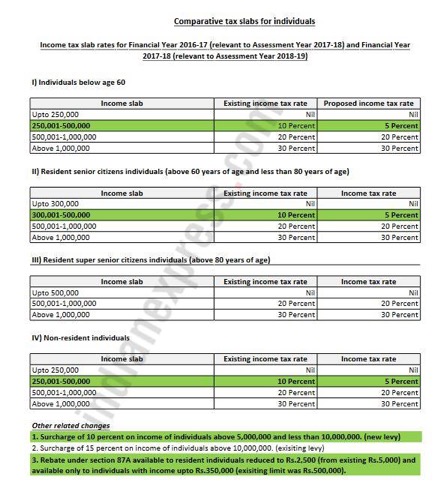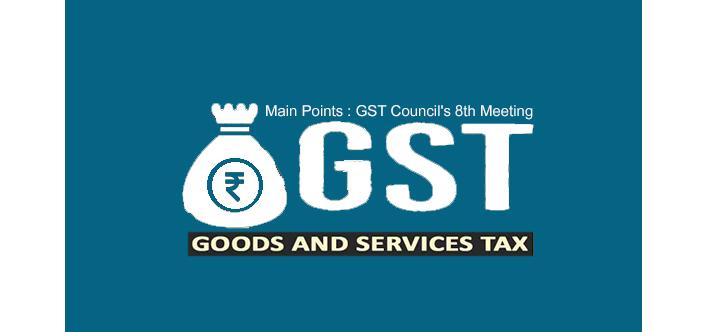ONE PERSON COMPANY
One Person Company (OPC) is a form of business entity that is owned and managed by a single entrepreneur. This concept was introduced in India through the Companies Act, 2013 supporting entrepreneurs who are capable of starting a venture by creating a single person economic entity. A One Person Company is also a separate legal entity from its members just like a Private Limited Company or a Limited Liability Company. In this type of business entity, only one person is required who can be the Director and as well as the shareholder of the company. This venture of One Person Company is still in its emerging stages which makes it much more difficult for entrepreneurs to adopt, it is mainly suitable for people starting an unregistered Proprietorship. The entrepreneur can set up their company without sharing their profits as One Person Company does not need a middleman to target the markets.
Features of One Person Company (OPC)
One Shareholder
One Person Company is a business entity which is owned and managed by a single person. The Company Incorporation Rule states that only a resident and also a citizen of India can form a One Person Company. The entrepreneur hold all the shares of the company as it has only one member. The people who are Foreign citizens and are Non-Resident citizens cannot indulge in the formation of a One Person Company. A shareholder can only have shares in a single One Person Company and not in various companies.
Director
A One Person Company can be managed by a Single Person. In this type of business entity, the Sole Shareholder can become the Sole Director of the business. A One Person Company can have a maximum number of 15 directors even if it may be having a Sole Shareholder.
Nominee
This states that the Shareholder of the company has to nominate a person who in the event of death or inability to continue the work in the company will come forward to take the charge of the One Person Company. The present shareholder will issue a written consent in the name of the nominee, the nominee must also be a resident and a citizen of Indian. The person nominated must not have any other One Person Company under control.
Incorporation of a One Person Company (OPC) in India
A One person Company can be incorporated as per the procedure explained below :
Director Identification Number (DIN) & Digital Signature Certificate (DSC)
A person intending to become a director of a company requires a unique identification number which is issued by the Ministry of Corporate Affairs. This number then is used to record the details of the director of the company. The Digital Signature Certificate is the digitalised version of all the paper certificates. This certificate can be used to prove the director’s identity, access information and sign documents digitally. Certain documents are required for DIR-3 application:
1. Identity Proof: A copy of PAN card is mandatory whereas a copy of the Driver’s license is optional.
2. Address Proof: A copy of the Passport / Election ID / AADHAR card / Driver’s License is sufficient.
3. Passport Size photo
4. Mobile Number
5. Education Qualification
6. Verification signed by the applicant.
Company Name Availability
The name of the company must not be pre-existing, applicants must first search for any existing Trademark and then decide on the company’s name. The Promoter of the company have to provide at least 6 names in the order of their preference to the Registrar of Companies for name availability.
Memorandum of Association (MOA) & Articles of Association (AOA)
When the name of the company has been approved by the Registrar of Companies then the Subscriber have to draft a MOA & AOA specifying their Names, Address, Occupation and the sign the subscription pages of the Memorandum and Articles of Association formed.
The Memorandum of Association is a document regarding the main objectives as well as the secondary objectives of a company. It covers all the necessary fundamental provisions of the company’s constitution.
Articles of Association is a contract based on mutual understanding between the company and its members defining their rights and duties.
Filing E-Forms with Registrar of Companies
After the drafting of Memorandum of Association and Articles of Association, an application has to be sent to the Registrar of Companies regarding the incorporation of the company. This Application must contain all the necessary documents of the Company and its Directors.
Verification of Documents
The company must pay the desired fees to the Registrar of Companies and must get Stamp Duty to get the documents verified.
Issue of Certificate of Incorporation
When all the documents are verified and duly approved by the Registrar of Companies, a digitalised ‘Certificate of Incorporation’ is mailed to the Directors of the company. Once the Incorporation Certificate is received, company can start with its operations.
Post Incorporation
After the Incorporation of a One Person company some necessary formalities are required immediately, such formalities are:
Opening a Current Bank account in the name of the Company
The Company must apply for the Shop Act License
The Shareholder must be issued a Share certificate by the Company
The subscription money must be payed through the Current Bank account
of the Company
BENEFITS
1. A One Person Company is a separate business entity and have Limited liability to its members.
2. This type of Company helps an entrepreneur to establish its own business without depending upon a second person.
3. A Legal Auditor is not required in this business unlike any other business enterprise.
4. A One Person Company being a separate legal entity can own property in the Company’s name and the shareholder cannot make any claim upon the property.
For more information on Incorporation, feel free to reach us on, info@gapeseedconsulting.com or call +91-9599444639/+91-9599444630
More Newsletter
Limited Liability Partnership and its Incorporation
Setting up a business in India
Start Up India Stand Up India Scheme
Why Audits are important for business?
Activities to Be Performed after Incorporation Of Company










